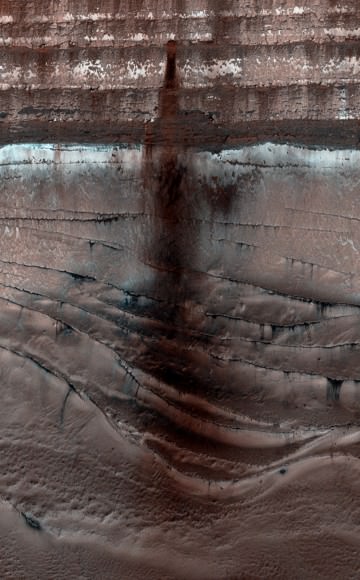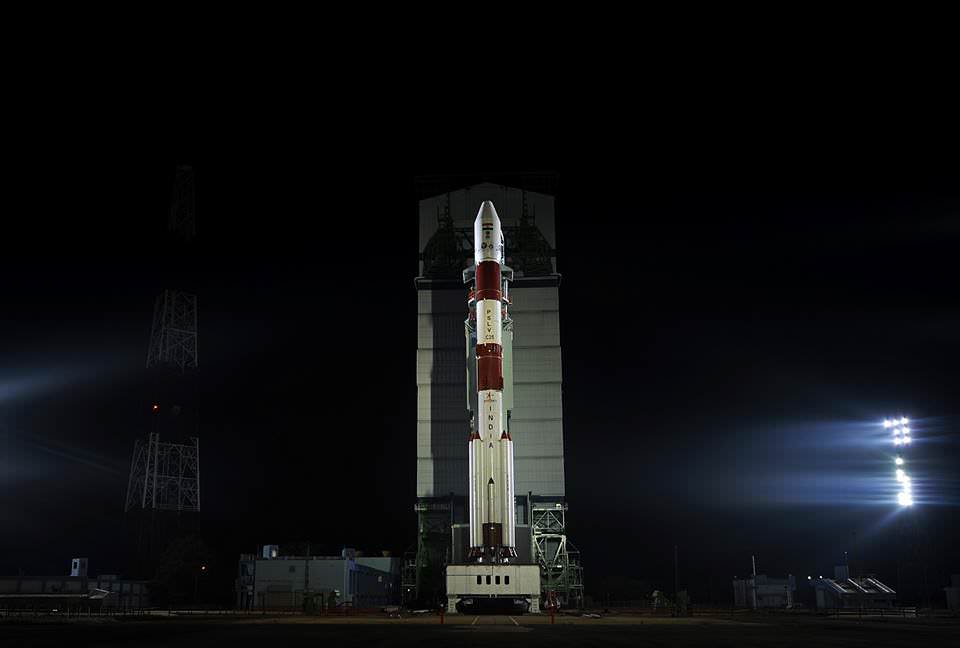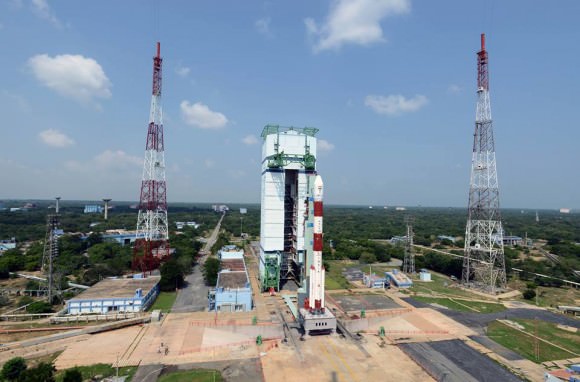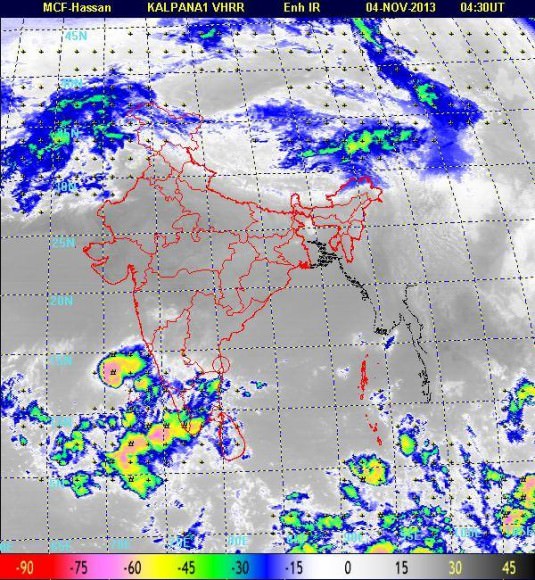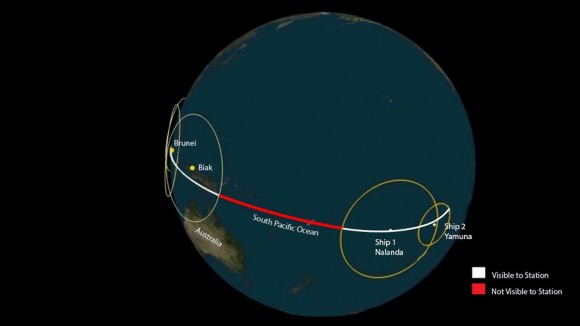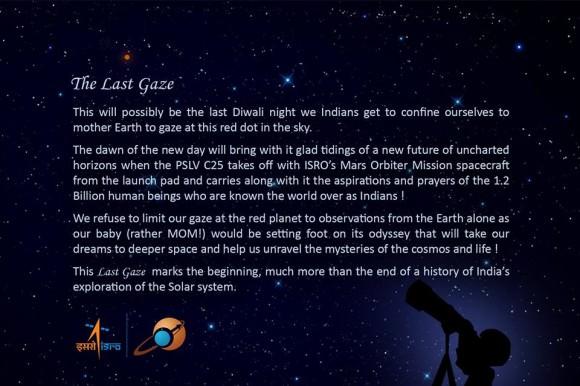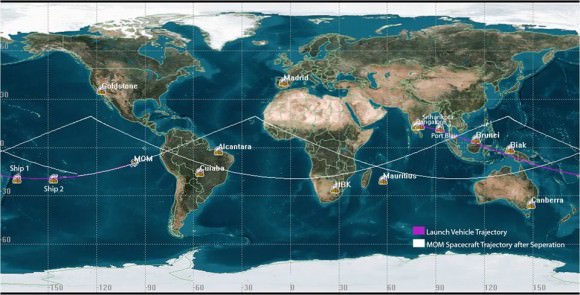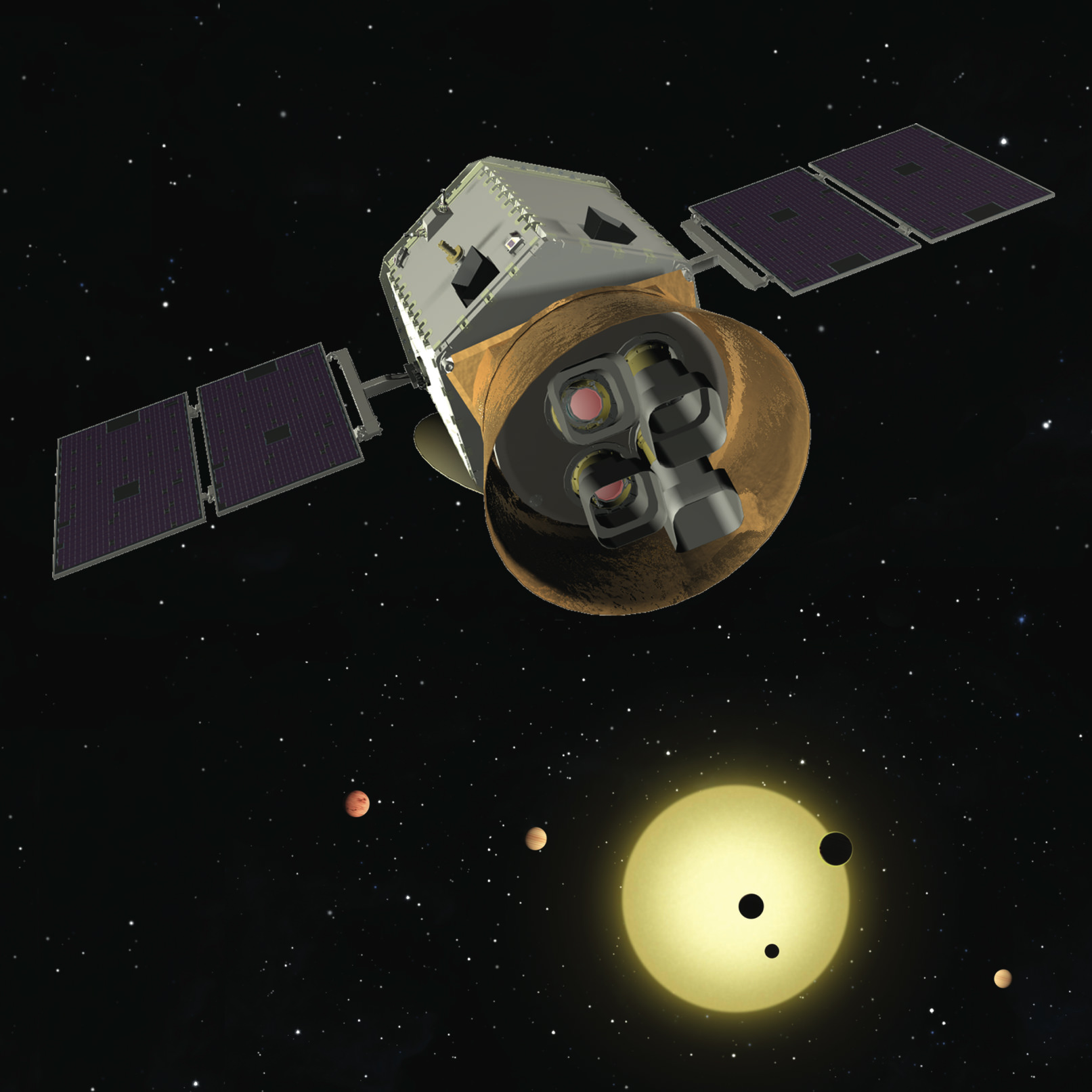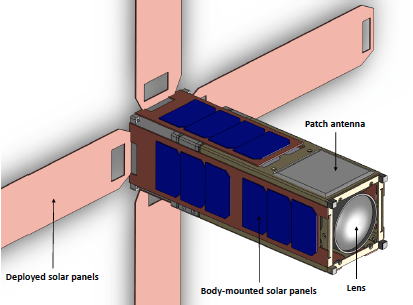How common are planets like Earth? That’s been a question astronomers and dreamers have pondered for decades, and now, thanks to the Kepler spacecraft, they have an answer. One in five Sun-like stars in our galaxy have Earth-sized planets that could host life, according to a recent study of Kepler data.
“What this means is, when you look up at the thousands of stars in the night sky, the nearest sun-like star with an Earth-size planet in its habitable zone is probably only 12 light years away and can be seen with the naked eye. That is amazing,” said UC Berkeley graduate student Erik Petigura, who led the analysis of the Kepler and Keck Observatory data.
The Kepler telescope’s mission was to try and find small rocky planets with the potential for hosting liquid water and perhaps the ingredients needed for biology to take hold. For four years, the space telescope monitored the brightness of more than 150,000 stars, recording a measurement every 30 minutes.
Analysis by UC Berkeley and University of Hawaii astronomers shows that one in five sun-like stars have potentially habitable, Earth-size planets. (Animation by UC Berkeley/UH-Manoa/Illumina Studios)
For a recent focused study, scientists concentrated on 42,000 sun-like stars (G and K type stars), looking for periodic dimmings that occur when a planet transits — or crosses in front of — its host star. A team of scientists from the Kepler mission and the Keck telescope in Hawaii have announced that from that survey, they found 603 planets, 10 of which are Earth size and orbit in the habitable zone, where conditions permit surface liquid water.
Since there are about 200 billion stars in our galaxy, with 40 billion of them like our Sun, noted planet-hunter Geoff Marcy said that gives us about 8.8 billion Earth-size planets in the Milky Way.
But Marcy also cautioned that Earth-size planets in Earth-size orbits are not necessarily hospitable to life, even if they orbit in the habitable zone of a star where the temperature is not too hot and not too cold.
“Some may have thick atmospheres, making it so hot at the surface that DNA-like molecules would not survive. Others may have rocky surfaces that could harbor liquid water suitable for living organisms,” Marcy said. “We don’t know what range of planet types and their environments are suitable for life.”
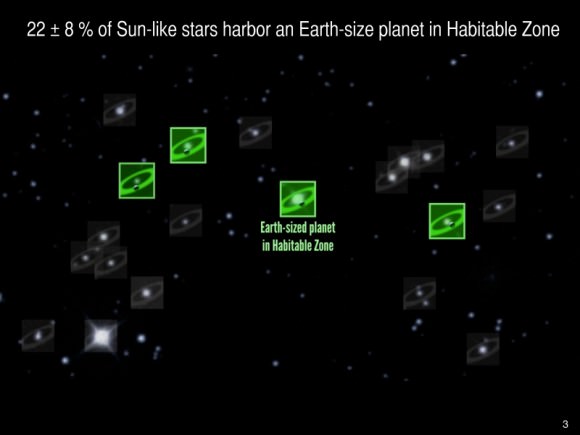
All of the potentially habitable planets found in their survey are around K stars, which are cooler and slightly smaller than the sun, Petigura said. But the team’s analysis shows that the result for K stars can be extrapolated to G stars like the sun.
The Kepler spacecraft is now crippled because of faulty gyroscopes, but scientists say had Kepler survived for an extended mission, it would have obtained enough data to directly detect a handful of Earth-size planets in the habitable zones of G-type stars.
If the stars in the Kepler field are representative of stars in the solar neighborhood, then the nearest (Earth-size) planet is expected to orbit a star that is less than 12 light-years from Earth and can be seen by the unaided eye. Future instrumentation to image and take spectra of these Earths need only observe a few dozen nearby stars to detect a sample of Earth-size planets residing in the habitable zones of their host stars.
“For NASA, this number – that every fifth star has a planet somewhat like Earth – is really important, because successor missions to Kepler will try to take an actual picture of a planet, and the size of the telescope they have to build depends on how close the nearest Earth-size planets are,” said Andrew Howard, astronomer with the Institute for Astronomy at the University of Hawaii. “An abundance of planets orbiting nearby stars simplifies such follow-up missions.”
Further reading: Institute for Astronomy, University of Hawaii; UC Berkeley; Keck Observatory; NASA; PNAS.



